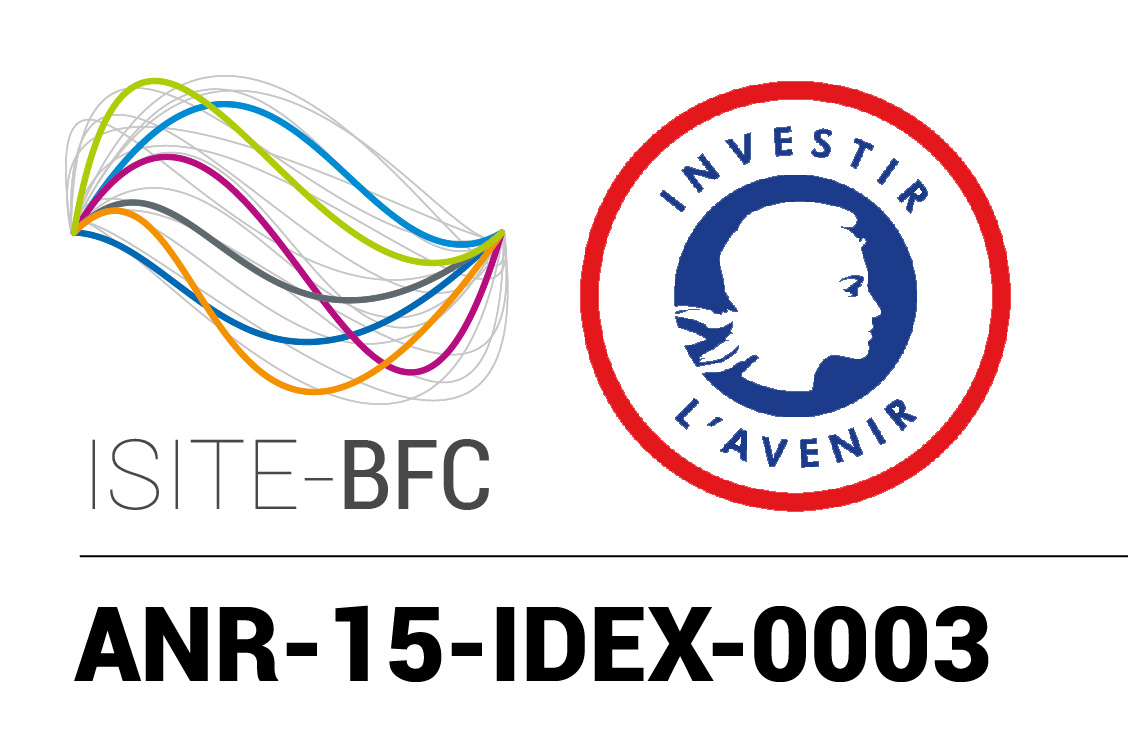INVACLIM
Climate changes and invasive species in Bourgogne – Franche-Comté
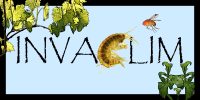
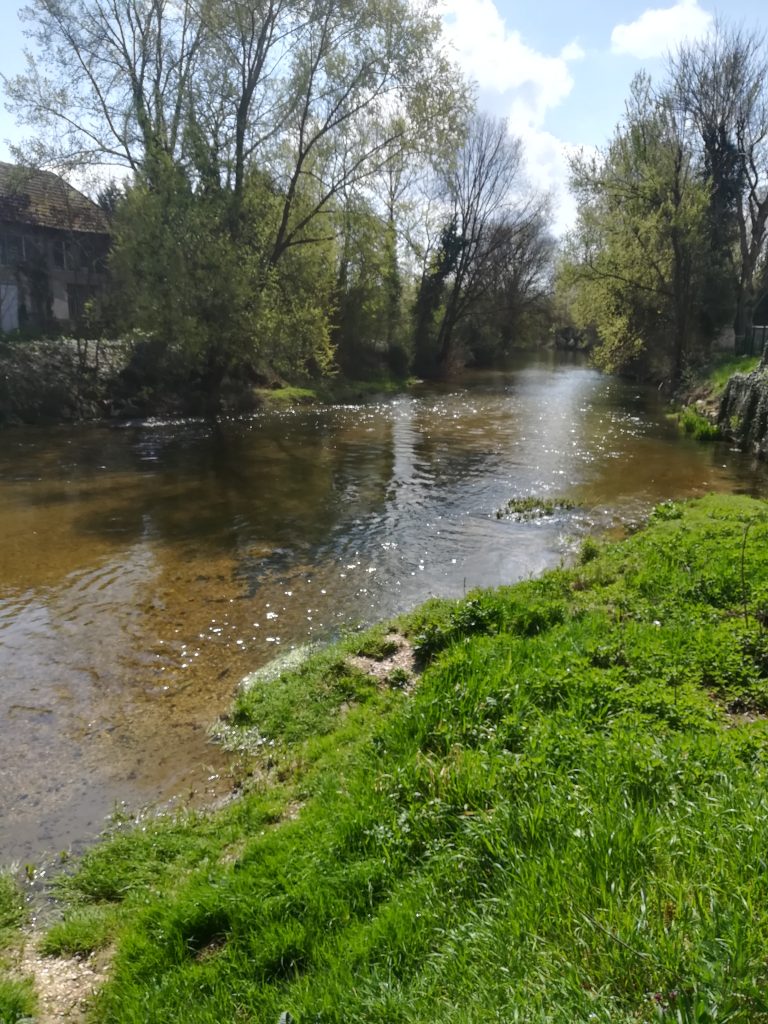
General context
One major issue in conservation biology and wildlife management is to understand to what extent living organisms can modify their behaviour in response to global change and how such behavioural modifications can affect agro- and eco‐systems.
A more recent concern is that climate change may actually exacerbate the spread and impact of invasive species at the expense of native ones. This is particularly true of invasive invertebrate species in the context of climate change. Due to their limited ability, as ectotherms, to regulate body temperature independatly of the ambient temperature, invertebrates can be largely affected by the variation of temperature in their environment. In this context, differences in the ability of invasive and native invertebrate species to adjust behaviours such as foraging, mating, general activity, or response to predation risk in relation to change in temperature may have important consequences on their environment and coexistence. Indeed, several studies have shown that increasingly low or high temperatures can induce in invertebrates a suite of behavioural and physiological responses affecting habitat selection, foraging decisions or mating success.
As other areas in Europe, the Burgundy-Franche-Comte region is exposed to both climate change and biological invasions. The two phenomena are well-known major threats to biodiversity, but, so far, little attention has been given to their interaction in Burgundy-Franche-Comte. However, climate change can alter several aspects of species invasions, such as the vulnerability of ecosystems to be invaded, the potential for species to spread and invade new habitats, and the subsequent ecological effects of invaders. In addition, it has been recently shown that increased temperature variation poses a greater risk to species than climate warming.
In this context, we intend to develop a research project to measure the influence of climate change and variability in temperature on the behaviour and the ecological impact of two invasive invertebrate species in Burgundy-Franche-Comte, with direct relevance to crop protection and ecosystem services.
The Burgundy-Franche-Comte region covers about 48, 000 km², and is characterized by a variety of land use including croplands and forests. There is some evidence for global warming in Burgundy-Franche-Comte over the last decades and, according to available scenarios, the future climate of this region (2031‐2040) is likely to be warmer and slightly dryer in summer, and warmer in winter. In particular, both daily and nightly temperatures are expected to increase all over the region, with global increase in temperature of about +2°C. However, warming should be more intense in summer than in winter, and maximum temperatures should increase more during the day than during the night. Although this change in ambient temperature is likely to affect invasive invertebrate species in ways that may either increase or decrease their impact on agro‐ and eco-systems, our knowledge about the ecological consequences of the interaction between climate change and biological invasions in Burgundy-Franche-Comte needs to be improved in order to be able to make accurate predictions.
The case of two invasive invertebrate species in Burgundy-Franche-Comte
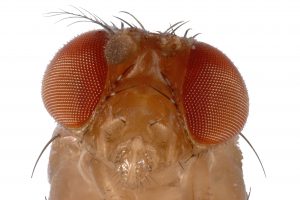
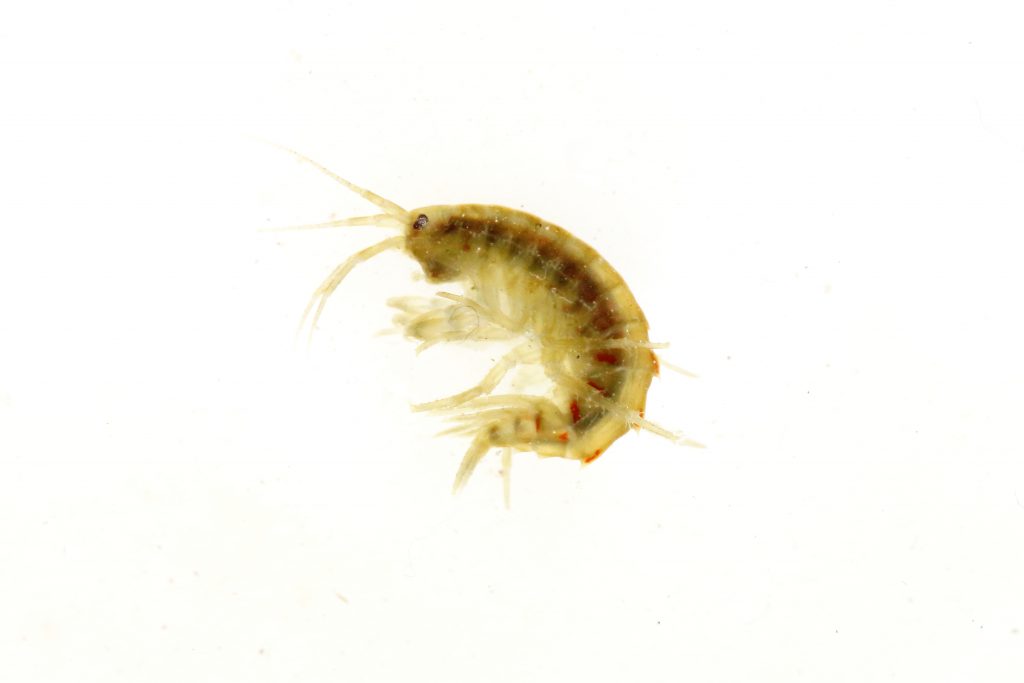
Because of these economic and ecological contexts, two ecosystems were chosen, each with an endemic and an invasive species, used as biological models in the laboratory.
A first model of invasive invertebrate species of major concern in Burgundy is the spotted wing fly, Drosophila suzukii. This Asian fly species is a highly successful invader that was observed for the first time in Italy and Northern America in 2008. It has spread very quickly to the northern regions of Europe and has currently reached Scotland and Danemark. Unlike most frugivorous drosophila species, such as native Drosohila melanosgater, that exploit decaying fruits for feeding, mating and egg-laying, D. suzukii females generally pierce the skin of ripening and healthy fruits to insert eggs. This causes huge damages to crops in Burgundy such as vineyards, and red fruits such as cherries, raspberries and other types of berries, with potential losses of up to several millions of euros.
A second model consists of the invasive crustacean amphipod species Gammarus roeseli.
Amphipods are widespread and are regarded as “key species” in European freshwater habitats. They are particularly abundant in rivers and streams of temperate regions, where organic matter from terrestrial source (mostly leaves and twigs of riparian shrubs and trees) is usually the primary carbon and energy source. Indeed, the decomposition of leaf litter by amphipods is an essential process for both the health of stream ecosystems and water quality. Amphipods contribute to maintaining diverse and healthy aquatic food webs through their shredding activity, that results in leaf fragmentation and the production of fecal pellets that contribute to transfer nutrients into secondary production. In Burgundy, G. roeseli coexists with the native amphipod G. fossarum. Several waterways support mixed-species populations of gammarids, whereas others contain only one species. G. roeseli was first introduced from the Balkan area and now occurs widely in Western Europe waterways where it usually inhabits the lower reaches of streams of low current speeds.
Despite slight differences in microhabitat preferences and vulnerability to infection with acanthocephalan parasites, the two species show a high niche overlap. The coexistence of the two species in habitats more suitable to the native species tends to indicate the existence of mitigating factors favouring the invasion and maintenance of G. roeseli in native gammarids territory. Interestingly, results from a simulation study suggest that warmer temperatures should favour G. roeseli over G. fossarum and there is some evidence that G. roeseli in Burgundy tends to be found in warmer waters than G. pulex (another native specie). However, the precise influence of climate change on the co-existence of the two species in Burgundy or elsewhere has not been documented yet. This is of particular interest as recent evidence suggests that invasion and subsequent displacement of native amphipod species by invasive ones is likely to result in reduced ecosystem functioning.
The project
From an applied point of view, one ambition of the project is to provide reliable information about the behaviour of two important invasive species in the face of climate change in Burgundy-Franche-Comte. In particular, results obtained during the project will indicate whether invasive species are sensitive to an increase in mean temperature, an increase in variance in temperature or both. This is a first and important step towards developing scenarios for the future based on mathematical modelling and to develop strategies to mitigate the negative impact of invasive species in the perspective of increased temperatures in Burgundy-Franche-Comte.
From a cognitive point of view, another ambition of the project is to gain insights in the relevance of inter‐individual variation in behavioural responses of invasive species when predicting the potential effect of climate change on both ecosystems and agrosystems.
Due to its importance as an agricultural pest and its recent invasion in North America and Europe, research on D. suzukii has been quite intensive since 2009. However, only a few studies have addressed the population dynamics, behaviour and ecological of the species in relation to climate change. More to the point, most studies about temperature and climate change have so far examined resistance to cold and winter survival or distribution patterns and projected demographic trends. Therefore, INVACLIM project is likely to fill an important gap in our knowledge of the effect of climate change and fluctuating temperature on the behaviour, physiology and life–‐history traits of D. suzukii, and to provide new insights on the potential worsening of its ecological impact with environmental change.
In comparison to D. suzukii, relatively little information exists on the effect of climate change on the ecological impact of G. roeseli. Only one recent study focused on the effect of fluctuating temperatures on the physiology of G. roeseli, through considering metabolic rate and oxidative stress in embryos. To the best of our knowledge, no study so far has addressed the influence of increased temperature and variability in temperature on the behavioural traits and ecological impact of G. roeseli.
Increases in the frequency, severity and duration of temperature extremes are expected in the next 50 years. Much of research on the effects of climate change on the behaviour of invasive and native species has focused on the impacts of mean temperature change. This is also true of both D. suzukii and G. roeseli, for which the effect of temperature has been assessed essentially through exposing individuals to a range of fixed temperatures. However, recent work suggests that changes in temperature variation will have disproportionately greater effects on species than changes to the mean.
The strong originality of the present project is to address the effect of both increased temperature and variability in temperature on behavioural and physiological traits.
In addition, most studies on D. suzukii and G. roeseli have considered the effect of temperature on a single or only a few behavioural, physiological or life‐history traits at a time.
The INVACLIM project will simultaneously assess a suite of behavioural, physiological and life history traits, thus allowing a comparison of effect sizes between traits within the same populations. Importantly, our project will provide important information about the effect of increased temperature and temperature variability on the foraging activity, and hence ecological impact, of both D.suzukii and G. roeseli.
Finally, only a few studies, so far, have experimentally investigated the effect of acclimation to
increased temperatures on the competition between native and invasive species and even less so that of temperature variability. Our project will therefore be both timely and original in that respect too.
For all four species, the general procedure will consist in exposing individuals to fixed or variable temperature regimes during a phase of development (D. suzukii and D. melanogaster) or acclimation (G. roeseli and G. fossarum), and to subsequently examine the effect of treatments on different behavioural, physiological and life history traits.
The originality of our project will be reinforced by the multidisciplinary dimension of the research consortium. Eight researchers and 4 technical staff belonging to three different research units (UMR CNRS/UBFC 6282 Biogéosciences, UMR CNRS/UBFC 6249 Chronoenvironnement, UMR CNRS 6265/ INRA 1324/ AgroSup/UBFC Centre des Sciences du Gout et de l’Alimentation), will be involved in the project. They will bring different and complementary skills, including physiology, ethology, behavioural ecology, neurosciences, population dynamics, and community ecology.
Intervenants
- Franck CEZILLY (PR)
- Marie-Jeanne PERROT-MINNOT (MCF)
- Loïc BOLLACHE (PR)
- Fabrice NEIERS (MCF)
- Jean-François FERVEUR (DR)
- Thierry RIGAUD (DR)
- Jean-Pierre FARINE (CR)
- Claude EVERAERTS (CR)
- Jean-Emmanuel ROLLIN (AJT)
- Aude BALLOURDET (T)
- Jérôme CORTOT (AI)
- Julien THIBERT (IE)
- Clément CORDIER (Stagiaire M2 Master BEWM)
- Amélia GARDE (Stagiaire M2 Master BEWM)
- Mariana JAUREGUI OROPEZA (Stagiaire M2 Master BEWM)
Contacts
Frank CEZILLY
Project initiator and promoter
frank.cezilly@u-bourgogne.fr
Julien THIBERT
julien.thibert@u-bourgogne.fr




